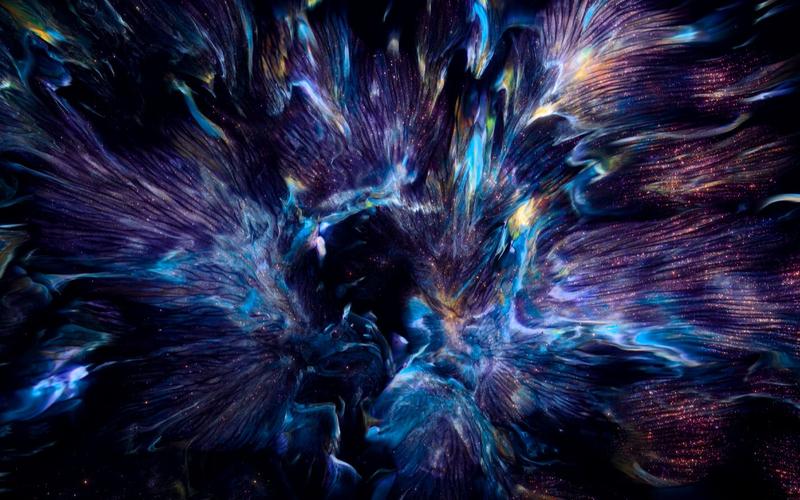Exploring Visually Stunning Artworks
Visual art has the remarkable ability to captivate and inspire viewers through its stunning beauty, evocative themes, and innovative techniques. From classical masterpieces to contemporary creations, artists across various mediums have continually pushed the boundaries of creativity, producing works that leave a lasting impact on audiences worldwide. Let's delve into some key aspects of visually stunning artworks and explore what makes them truly extraordinary.
One of the fundamental elements that contribute to the visual impact of an artwork is its composition. A wellcomposed piece effectively guides the viewer's eye, leading them through the various elements of the artwork in a harmonious manner. Artists often employ principles such as balance, symmetry, and contrast to create dynamic compositions that command attention.
For example, consider the intricate symmetry of Leonardo da Vinci's "Vitruvian Man," where the perfectly proportioned figure is surrounded by geometric shapes that emphasize its central position. This balance between the human form and mathematical precision lends the artwork a timeless appeal that continues to resonate with audiences centuries after its creation.
Color and light play pivotal roles in shaping the mood and atmosphere of an artwork. Artists utilize color theory to evoke specific emotions and convey complex narratives through their choice of hues, tones, and contrasts. Additionally, the manipulation of light and shadow adds depth and dimensionality to the composition, enhancing its visual impact.
Take, for instance, Vincent van Gogh's "Starry Night," where the vibrant swirls of color and expressive brushstrokes imbue the nocturnal scene with a sense of dynamism and emotion. The juxtaposition of warm and cool tones, along with the luminous stars and crescent moon, creates a mesmerizing tableau that invites viewers into the artist's imaginative world.
Texture and form add tactile qualities to an artwork, inviting viewers to engage with it on a sensory level. Whether through the smooth contours of a sculpture or the tactile surface of a mixedmedia collage, artists utilize texture to convey meaning and evoke visceral responses from their audience.
Consider the sculptural works of Auguste Rodin, whose masterful manipulation of form and texture imbues his figures with a sense of raw emotion and vitality. In pieces like "The Thinker" and "The Kiss," the artist's expressive modeling and attention to detail create tactile surfaces that invite contemplation and introspection.
In today's digital age, artists are increasingly embracing technology as a means of expanding the possibilities of visual expression. From digital painting and 3D printing to virtual reality and interactive installations, technology offers artists new tools and mediums to push the boundaries of creativity.
One example of this is the work of digital artist Refik Anadol, who creates immersive audiovisual experiences using datadriven algorithms and machine learning. His mesmerizing installations, such as "Machine Hallucination" and "Wind of Boston," transform architectural spaces into dynamic canvases that blur the line between the physical and virtual worlds.

Visually stunning artworks captivate our senses, stimulate our imagination, and provoke thought and emotion. Whether through traditional techniques or cuttingedge innovations, artists continue to push the boundaries of creativity, creating works that leave a lasting impression on viewers. By exploring the power of composition, color, texture, and technology, we gain a deeper appreciation for the diverse and dynamic world of visual art.
